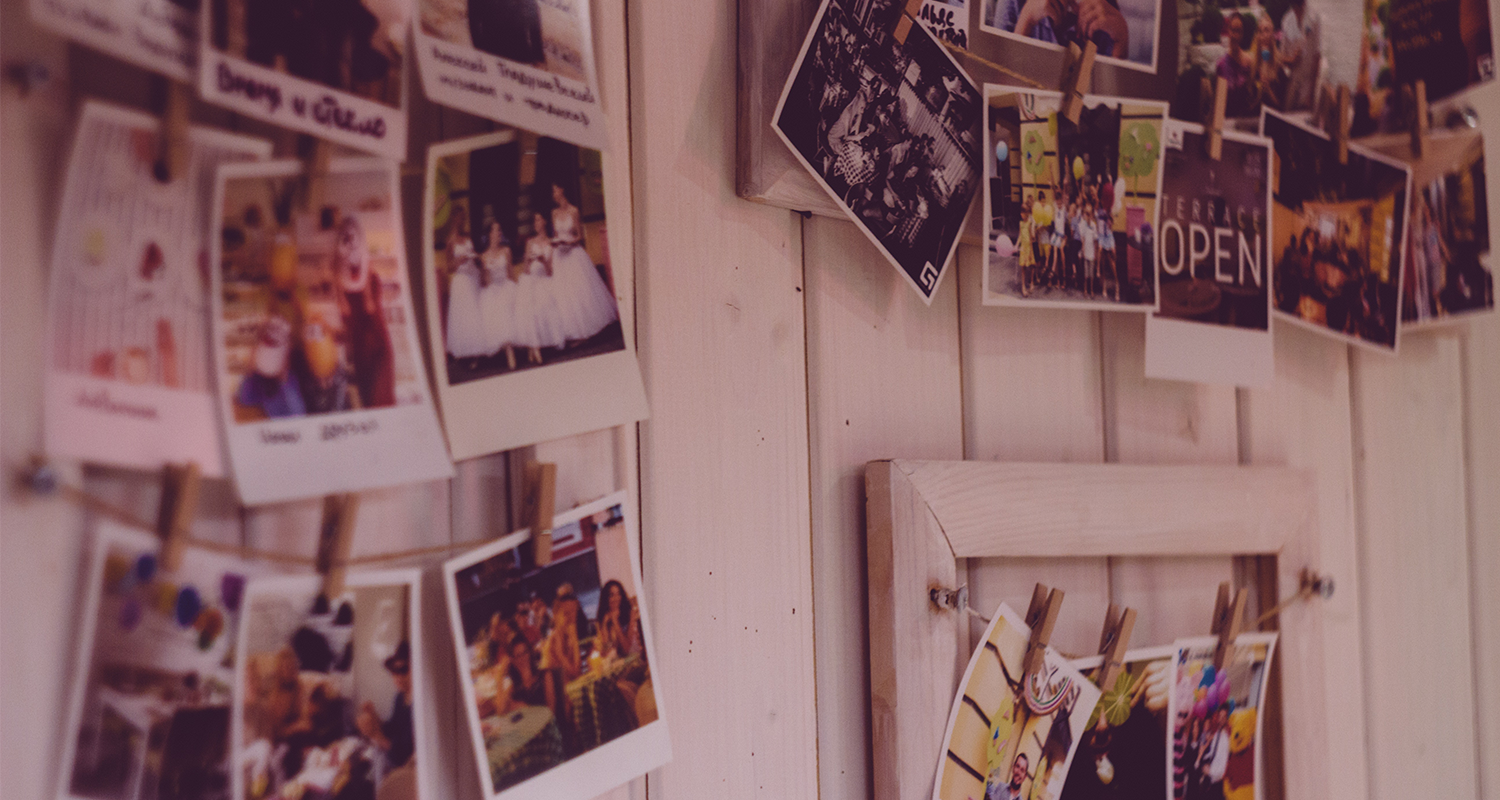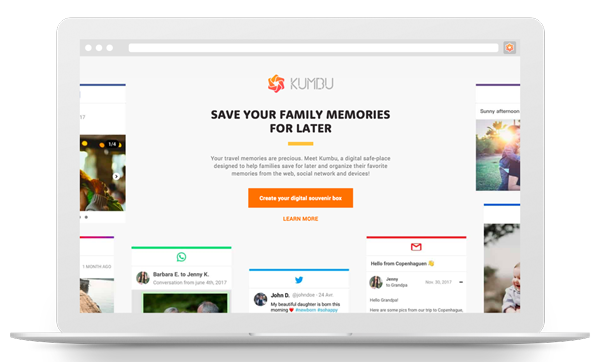
Whether it’s for a family reunion, Christmas, a birthday party or a holiday at the beach, we are constantly sharing our moments and memories with others using electronic devices. Those of us who have tried to share and collect memories from a group of people know how hard it is. Sharing memories, and collecting those from our friends and family is always complicated, especially if you don’t want to send a picture out to your entire Facebook network.
Consider the thoughts below on where to start when you want to collect your memories!
Sharing with one or more people

When sharing, you may want to reach a single person, a group of people or everyone you know!
Sharing with a single person
Sharing with friends and family is pretty easy when you are doing so on a one-to-one basis. You know your relative and how to reach him. Therefore you'll naturally aim to a shared communication channel: SMS, WhatsApp, Facebook messenger, email... whatever works best for the two of you
Sharing to everyone you know
Social networks like Facebook or Instagram allow you to reach out to everyone you're connected with, without distinction. Say you're on holiday in Sicily and you want to let everyone know you're having a great time; all you have to do is to share a great picture and comment and Boom, the word is out that you're in Sicily, and people may react to your post. It's pretty easy and convenient.
Sharing to groups or limited audience
Sharing can be a hassle when it comes to reaching out to groups and restricted audiences... for many reasons:
- Different people may not be all gathered on the same platform. Some use Facebook or WhatsApp while others prefer Instagram or emails. And some don't use any of those.
- You may want to include or exclude some friends, co-workers, or family. Some other time, you might only want to share with your brothers and sisters or only your grandparents.
- Getting feedback on what you share can also be difficult, as some platforms are built solely for sending files, leaving the people you are sending them to unable to send you any of their own memories or thoughts back to you.
On some platform, like Facebook for instance, you may create and save groups of friends. But it's an advanced feature that won't work for everyone and it won't help you reach people outside Facebook. So when it comes to sharing, you have to make a choice between your own favorite app and social network, and the one of the people you're sharing to.
When Should You Share?

While some like to share real time, other people want to sit down, sort and edit through their files and send the perfect pictures and videos. It really is a personal preference, but you may share different types of memories in different ways. While you might send out a great picture you just took on a trip to the Grand Canyon, you might want to edit the video of your tour before sharing it with your friends or family.
You may sit down a few times a week to send out some pictures and videos. Some people send regular updates to their parents or grandparents about their children, or they may be sharing as the moments happen.
Another momentous time to share is during special events like birthday parties, family gatherings, or road trips. It's a nice feeling, when the event is finished to collect and organise memories before sharing them. It's a great way to make room, keep only what's worth-keeping and share a limited amount of memories that will please everyone.
What Memories Should Be Shared?

Photos and videos:
Sharing pictures and videos is something most people are familiar with and do so daily, but as we mentioned before, remembering who has what service can be a real headache. Using multi-platform services like Apple iCloud, Google Photos, or Dropbox all have their benefits and drawbacks though. You must consider that when you send people photos and videos, you may be adding to their already limited cloud storage (that's the case for Dropbox). Or you may even force them to register to a service they don't want to use.
Writings, thoughts, recipes, conversations and social content...:
Sending other types of files can pose another challenge, as you may want to privately share recipes, audio files, tweets, or personal writings with specific people – in which case they will all need to be using the same platform. All these memories will be impossible to collect and gather in a same place... until you discover Kumbu!
How Can Kumbu Help Collect All Your Favorite Memories?

Some moments will therefore be shared with a group of friends, or with everyone on social networks, while others will be shared privately with a single person. Anyway, your memories will alway end up scattered across apps, platforms and even devices.
Kumbu is an excellent tool for those of us who want to gather and preserve their digital memories in a secure and private place.
Kumbu is easy to use and it allows you to:
- collect digital memories of any kind, anywhere – Facebook posts, Tweets, photos, videos...
- share collection of memories privately with who you want to, without them having to create an account
- create collaborative collection of memories with your friends and family!
Imagine how much of your valuable time you will save when you don’t have to remember on which platform did you share something, who is on what network and how to send your memories out! Start using Kumbu now!







